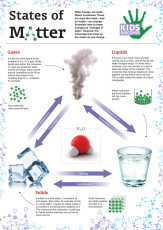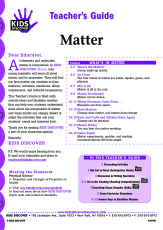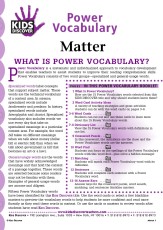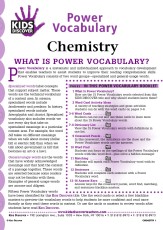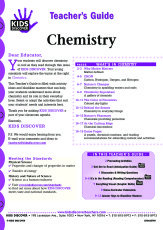 The word “science” scares some people away. The idea of doing your own experiments may sound complicated, dangerous, or intimidating. But exposing your kids to some basic scientific principles through simple experiments can help them discover an exciting new world, as well as help develop important critical-thinking skills.
The word “science” scares some people away. The idea of doing your own experiments may sound complicated, dangerous, or intimidating. But exposing your kids to some basic scientific principles through simple experiments can help them discover an exciting new world, as well as help develop important critical-thinking skills.
As a parent of two girls, I am also aware of the large gap between boys’ and girls’ interest in the sciences. Although I am not trying to actively push or force them in any one direction, I believe that at the very least, exposure to different subjects is beneficial. Introducing some basic ideas about physics and chemistry to your kids at a relatively young age can help these concepts seem less intimidating later.
You can probably do most of these projects with materials you already have laying around your home, or at the worst, you can pick up the things you need for a few dollars at the supermarket or hardware store.
Baking Soda and Vinegar
This is a simple way to give your kids some basic exposure to chemistry with ingredients found in almost every home. The chemical reaction between baking soda and vinegar produces an impressive display of foamy, carbon dioxide bubbles. Add a drop of food color to your vinegar for added effect!
You don’t have to bore your kids with details, but the point here is that sometimes when you put A and B together, they can change form into C (and sometimes D!). What happens when you mix baking soda and water? How about baking soda and lemon juice?
Electromagnet
All you need for this simple project is a battery, a nail and some wire. Coil the wire along the entire length of the nail and attach the wire ends to the battery. You’ll be able to pick up paper clips and other small objects with the nail.
Pick something up with the magnet, then show your child that when you remove the wire from the battery, the object drops from the nail. Doing this exercise gives children a basic idea of how batteries work and how current flows through a circuit.
Two Straws
Pour a glass of your child’s favorite drink. Place two straws in the glass and have your child take a sip through both straws. Now remove one of the straw ends so it is outside the glass. Try to take a sip. What happens? Why?
Now have them place their finger over the second straw and try again. They will be able to drink through the straw. Why? This easy experiment introduces the idea of air pressure and vacuums to young minds.
Put a Cork in It
Get a tall glass and fill it halfway with water. Float an old wine cork or rubber stopper in the glass. The cork will always float to a side and appear to stick to the glass. Now remove the cork and fill up the glass so it is completely full. Float the cork again, and you will notice it now floats in the middle.
This is due to the property of water surface tension. It is why water skipping bugs can “walk” on water, as we well as why you can overfill a glass this way without the water spilling over the side. The cork seeks out the highest point, which is the middle of the water “bubble”.
Rock Out
Kids and sugar are a match made in heaven, so an activity featuring both can’t miss. For this simple recipe, you want to dissolve between 2 and 3 parts sugar into 1 part water in a pan over a stovetop. Stir the sugar into the water until it dissolves completely. At this stage, you may choose to add some food color as well. Explain to your child that you have created a super-saturated mixture of sugar and water.
Let the mixture cool, then poor into a glass, shallow pan or other suitable container. Place clean lengths of string or wooden bamboo skewers into the solution and secure them so they do not fall entirely into the solution. After a few days, you will start to see sugar crystals forming on your sticks or strings. About a week later, your rock candy should be ready to eat!
Random Moments
Of course, there are a million other science experiment possibilities and sometimes the best approach to a “teaching moment” is to keep things casual. Some kids stop paying attention when they think you’re launching into full-on teacher mode. For example, rub a balloon on your child’s hair and stick it to the wall; it’s so surprising your child won’t realize they’re learning about static electricity until it’s too late.
Or if you can’t seem to get your child’s attention, walk around on the carpet scuffing your shoes and then give them a shock!
Helping kids to understand the hows and whys of simple actions and reactions around them can be a gateway to further exploration and conversation.



